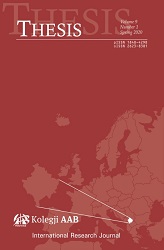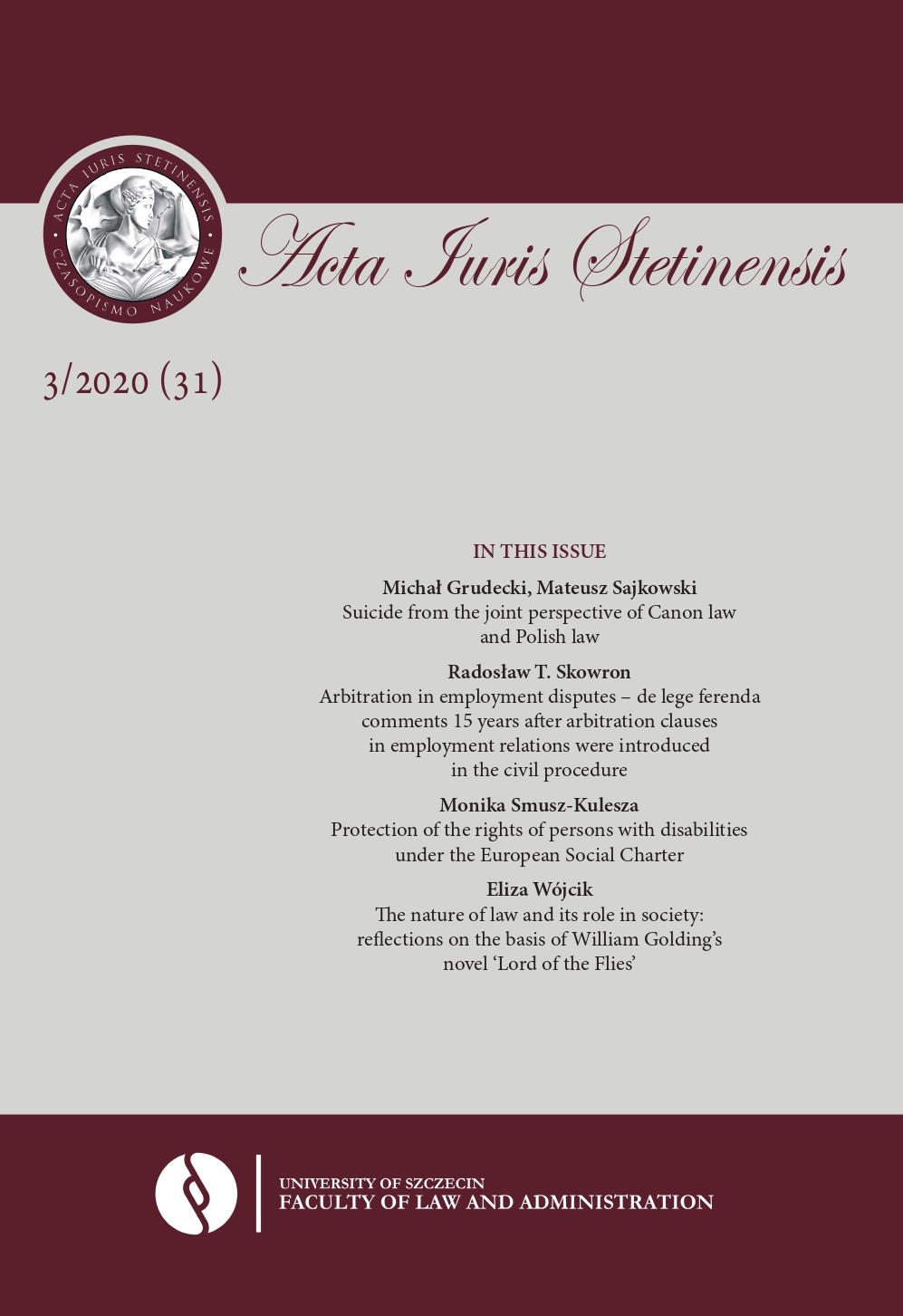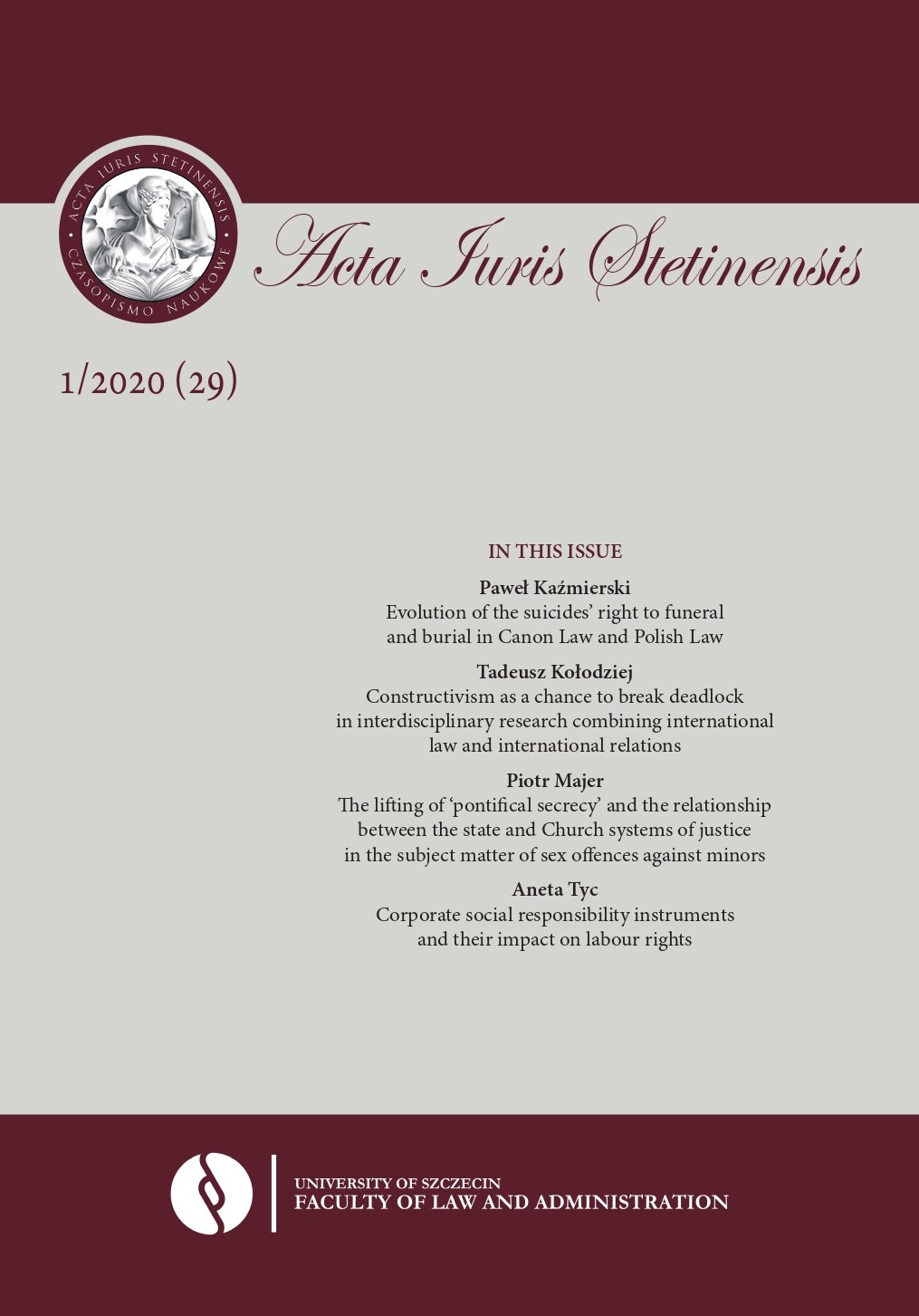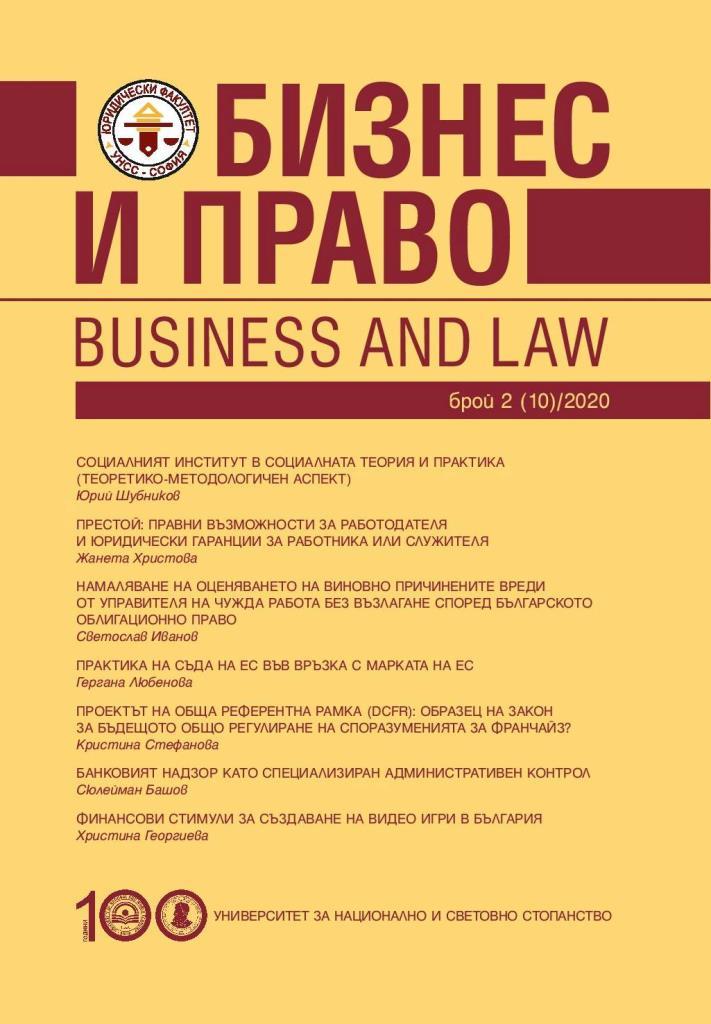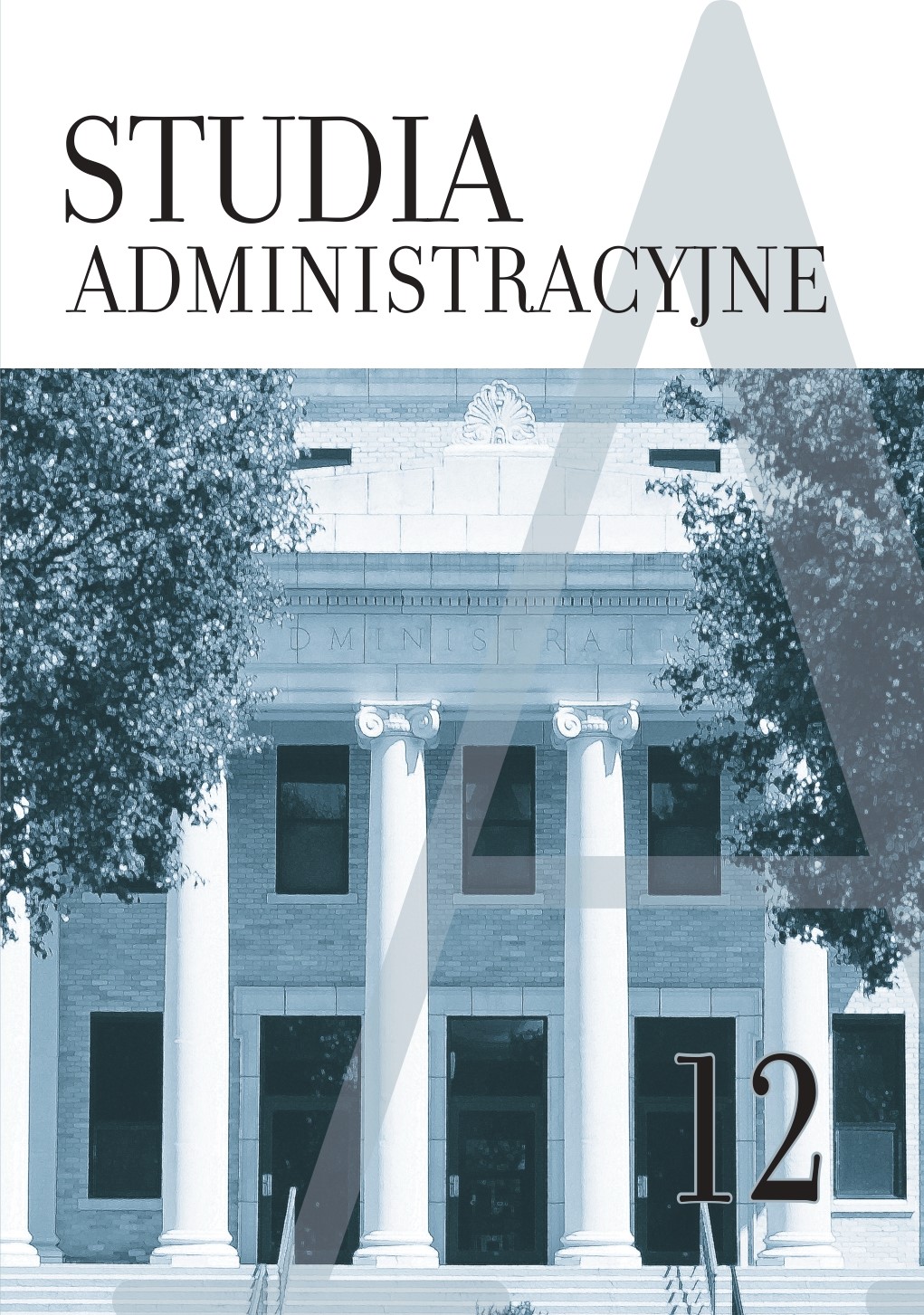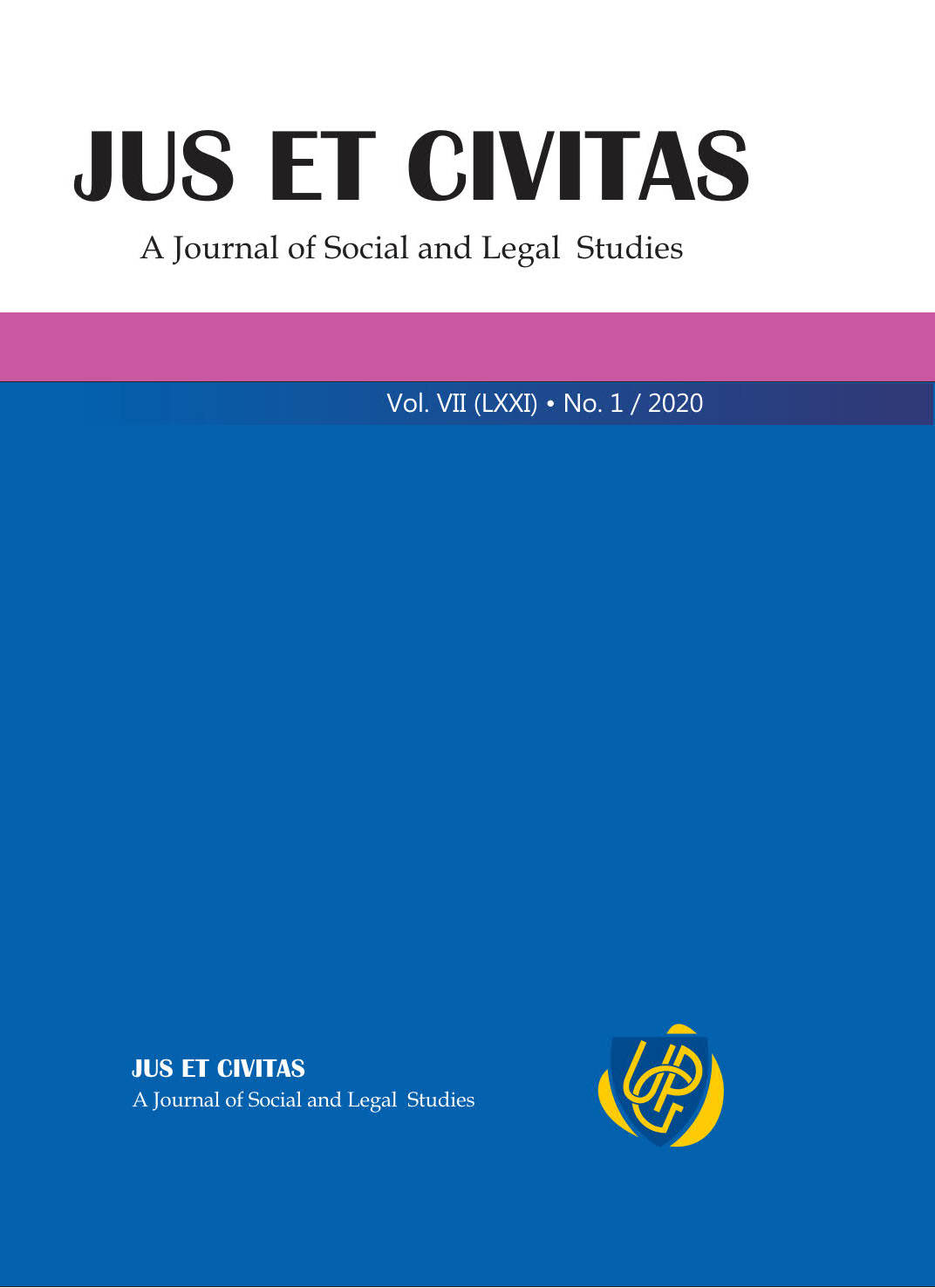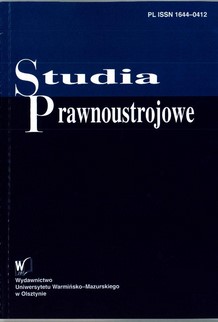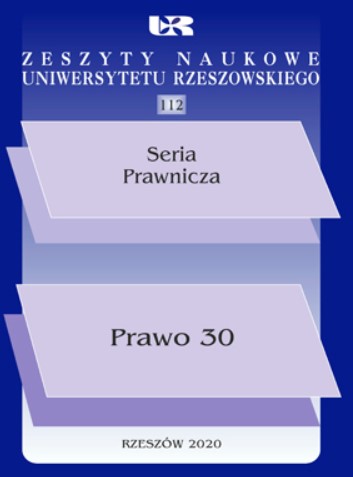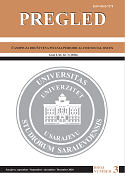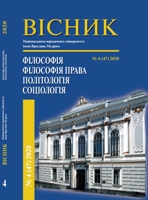
ПРАКСЕОЛОГІЧНА ТИПОЛОГІЗАЦІЯ НАСИЛЬСТВА: СОЦІОЛОГІЧНО-ПРАВОЗНАВЧІ ВИМІРИ
Problem setting. Violence now recognized to be a serious and widespread social and legal problem worldwide, but with more than several categories of violence, each of which has its own social and legal consequences.Recent research and publications analysis. It shows that there has been much terminological controversy on the definition and just what actions should be covered, especially those of social character. Some preliminary efforts have focused on developing of praxeologically focused classification system. Paper objective. The article argues perspectives of the sociological approach development to the analysis of the phenomenon of violence, in the praxeological focus of "social action". Violence is not one social or legal pattern but several. Paper main body. The praxeological nature of violence has led to a number of observes classification schemes for interdisciplinarily studying its component parts. Structural classification of “social violence” by its key dimensions / parameters is proposed, primarily subjective, objective, subject, contextual, and also structural and institutional. Each criterial classification provides a more specific definition with associated advantages and disadvantages. Those criteria are quite frequently combined to examine particular forms of violence, especially those of social character. Although not conceptually clean, those classification generally observed and specifically analyzed has proved useful both in its sociological and legal perspectives. Clearly, different classification approaches serve different purposes. To be of not an exclusive classification proposed to cover all types of violence, but rather provides some conceptual organization for structuring efforts for further interdisciplinarity studies. Special attention is given to “cyberspace”, in terms of “cyber violence” in general and “cyberbullying” as its key type. Conclusions of the research. In the general context of the development of interdisciplinarity the prospect of a sociological and legal approach to further social studies of this phenomenon are outlined.
More...
